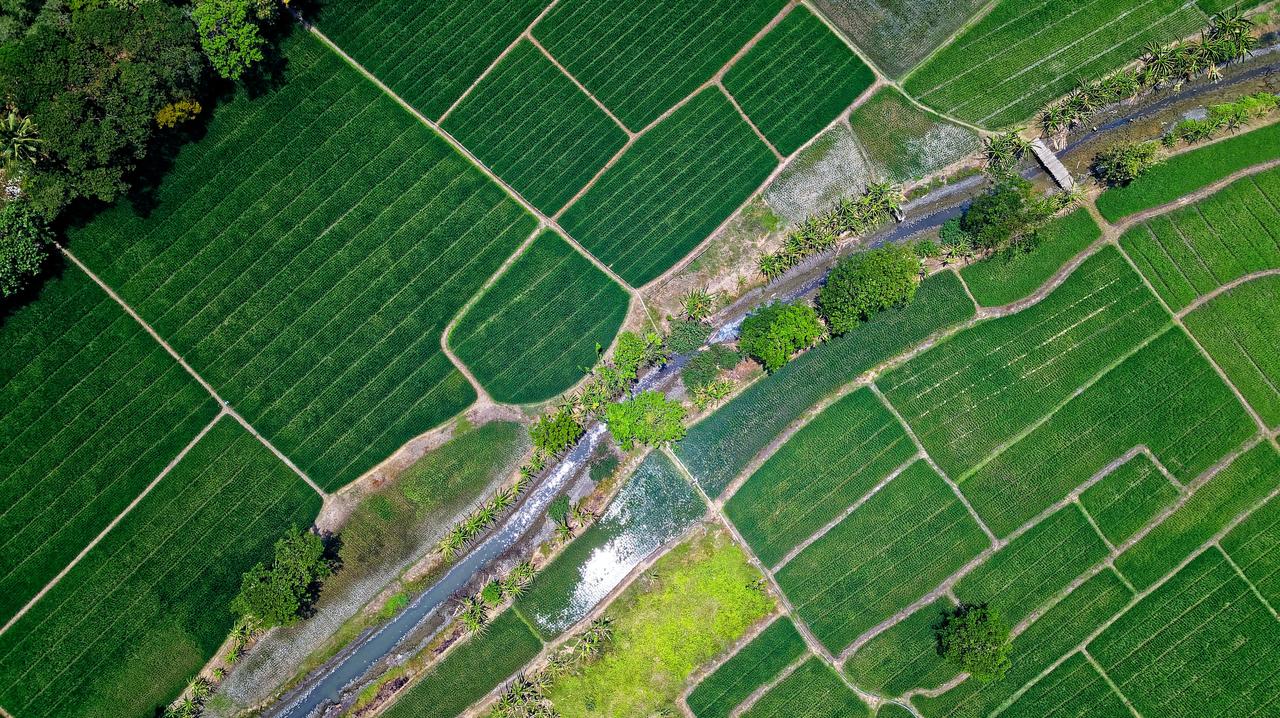Hedging Crop Risks with Agricultural Futures

Agricultural futures are a key financial tool for farmers, traders, and investors in the agriculture sector. These futures contracts provide a mechanism for hedging against risks associated with crop production and prices. Understanding agricultural futures is crucial for effectively managing the uncertainties inherent in farming and agricultural business. This article explores how agricultural futures can be used to hedge crop risks.
Understanding Agricultural Futures
The Basics of Agricultural Futures Contracts
Agricultural futures are standardized contracts traded on commodity exchanges that involve the agreement to buy or sell agricultural commodities like grains, livestock, and dairy products at a predetermined price and future date. These contracts help manage the risks associated with agricultural price fluctuations.
Commonly Traded Agricultural Commodities in Futures Markets
Grains and Oilseeds
Grains and oilseeds represent a significant segment of the agricultural commodities traded in futures markets. This category includes essential crops like corn, soybeans, wheat, and oats. These commodities are fundamental to global food supply chains and are subject to price fluctuations based on factors such as weather conditions, harvest yields, and changes in global demand. Trading in grains and oilseeds futures allows farmers, distributors, and investors to hedge against these price risks and speculate on market trends.
Key Grain and Oilseed Futures
Diverse Crop Inclusion: Trading futures in a variety of grains and oilseeds like corn, soybeans, wheat, and oats.
Price Risk Management: Utilizing futures contracts to hedge against volatility in crop prices.
Livestock
Livestock futures are another important category in agricultural commodities trading. This includes futures contracts for live cattle, feeder cattle, and lean hogs. These contracts are used by ranchers, meat processors, and traders to manage the price risk associated with raising and selling livestock. Livestock futures prices can be influenced by factors such as feed costs, health issues, and consumer demand for meat products.
Managing Livestock Market Risks
Variety of Livestock Contracts: Offering futures in different types of livestock, including cattle and hogs.
Hedging Against Market Fluctuations: Using livestock futures to stabilize income and manage costs in the livestock industry.
Dairy Products
Dairy products also feature prominently in the agricultural futures markets, with contracts available for products like milk and butter. Dairy futures provide dairy farmers, processors, and distributors a tool to hedge against the risk of price fluctuations in the dairy market. Prices in the dairy sector can be volatile, influenced by factors such as production levels, feed costs, and changes in consumer demand. Trading in dairy futures helps in managing these risks and ensuring more predictable revenue streams.
Dairy Market Hedging
Futures in Milk and Butter: Trading futures contracts for key dairy products.
Stabilizing Dairy Industry Economics: Using futures to manage price risks in the dairy sector.
The Importance of Hedging in Agriculture
Mitigating Price and Yield Risks
Hedging with agricultural futures is crucial for protecting farmers and traders against unpredictable changes in market prices and yields.
Price Volatility: Agricultural markets can be highly volatile due to factors like weather, disease, and global market dynamics.
Yield Uncertainty: Crop yields can vary significantly due to environmental and climatic conditions.
Strategies for Hedging with Agricultural Futures
Techniques to Manage Market Exposure
Effective hedging strategies involve using agricultural futures to offset the risks associated with physical crop production and sales.
Short Hedging: Farmers can sell futures contracts to lock in prices for their crops, protecting against potential price declines.
Long Hedging: Processors and distributors may buy futures to secure a steady supply of commodities at predictable prices.
Spread Trading: Utilizing the price differences between different contract months or related agricultural commodities.
Tools and Instruments in Agricultural Futures
Instruments for Risk Management
Apart from basic futures contracts, other derivatives are used to hedge risks in the agricultural sector.
Options on Futures: Providing the right, but not the obligation, to buy or sell futures at a specified price, offering more flexibility.
Swap Contracts: Customized contracts used for exchanging cash flows or prices related to agricultural commodities.
Challenges in Agricultural Futures Trading
Navigating Complexities and Risks
Trading and hedging with agricultural futures involve several challenges and risks that market participants must manage.
Market Liquidity: Some agricultural futures contracts may have lower liquidity, impacting price discovery and execution.
Basis Risk: The risk that the futures price may not move in line with the spot price of the commodity.
Regulatory Compliance: Adhering to regulations and reporting requirements in futures trading.
Best Practices for Effective Hedging
Implementing best practices for effective hedging is essential for market participants seeking to protect their positions and manage risk successfully. Hedging is a strategic approach that can be a powerful tool when used correctly. In this section, we’ll delve into the key considerations and best practices that market participants should bear in mind when engaging in hedging activities. Whether you’re an experienced hedger looking to refine your techniques or a newcomer interested in understanding the fundamentals, these insights will provide valuable guidance for effective hedging strategies.
Key Considerations for Market Participants
Successful hedging with agricultural futures requires a careful approach and adherence to best practices.
Market Research: Staying informed about market trends, weather patterns, and global supply and demand factors.
Risk Assessment: Regular evaluation of exposure to price and yield risks and adjusting hedging strategies accordingly.
Professional Advice: Consulting with commodity trading advisors or brokers for expert insights and guidance.
The Role of Agricultural Futures in Risk Management
Agricultural futures serve as a crucial hedging tool against the risks inherent in crop production and agricultural markets. By utilizing these contracts, farmers, processors, and traders can effectively manage price volatility, leading to more predictable and stable financial outcomes. As the agricultural sector evolves, the importance of understanding and leveraging agricultural futures remains paramount for effective risk management in this essential industry.
Excited by What You've Read?
There's more where that came from! Sign up now to receive personalized financial insights tailored to your interests.
Stay ahead of the curve - effortlessly.

